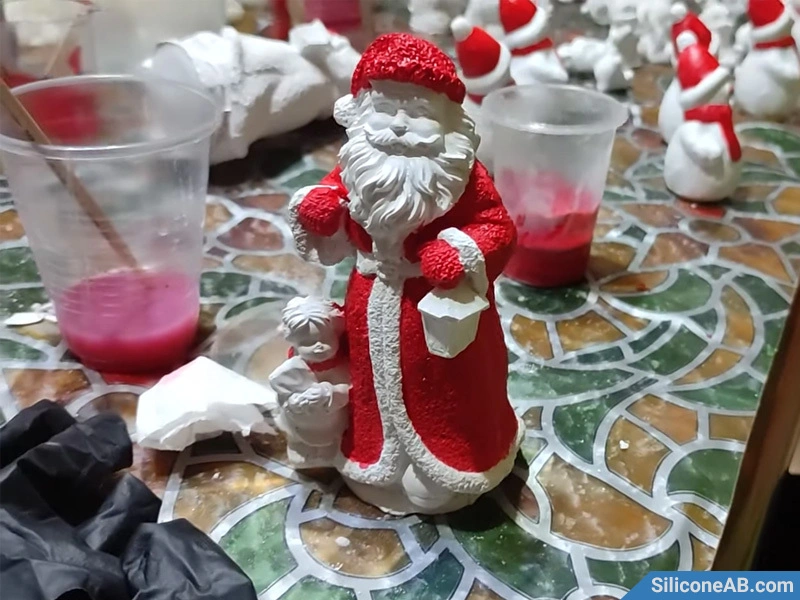For those who are new to silicone mold making, the process of preparing the necessary materials and tools may seem a bit cumbersome. Therefore, we have compiled a comprehensive list of materials and tools required for mold making, along with a brief explanation of their purpose. We hope that this list will be helpful to you as you embark on your mold-making journey.
1.Master Mold
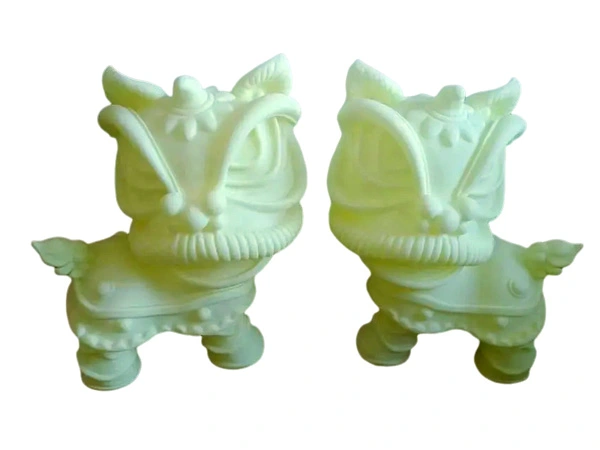 3D printing model
3D printing model
A master mold is a crucial component when creating silicone molds. In case you don't have a physical model available, CAD drawings can be utilized for designing purposes. Subsequently, these designs can be printed using a 3D printer. A 3D printer is a machine that builds three-dimensional shapes by adding material layer by layer based on data generated from 3D software.
2.Mold Frame
 mold frame
mold frame
The mold frame, sometimes referred to as the mold box, is used to encompass the master model and establish the structure of the mold. It defines the external dimensions and shape of the mold, ensuring that the poured liquid silicone is properly contained and shaped according to the desired form. The mold frame is typically made of smooth materials such as acrylic sheets, wooden boards, or plastic.
3.Hot Glue Gun
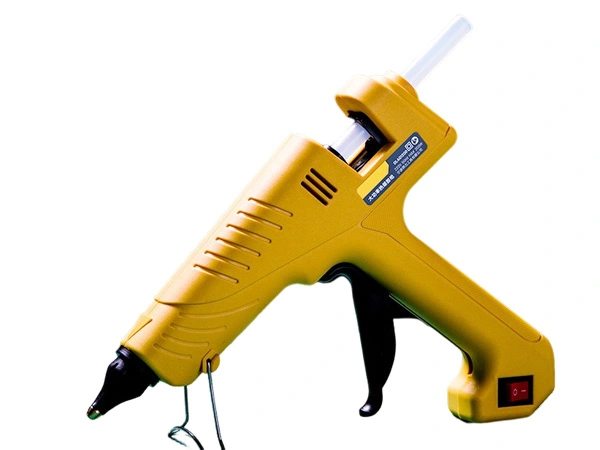 hot glue gun
hot glue gun
A hot glue gun is a tool used to apply hot melt adhesive, commonly known as hot glue, onto various surfaces. In mold making, it can be utilized to seal gaps or joints within the mold box, ensuring that liquid silicone does not leak out during the molding process. The hot glue gun operates by heating a solid adhesive stick until it transforms into a viscous liquid that can be applied to the intended areas. Additionally, it can also be used to secure the master model in place, preventing it from floating or shifting after pouring in the silicone.
4.Release Agent
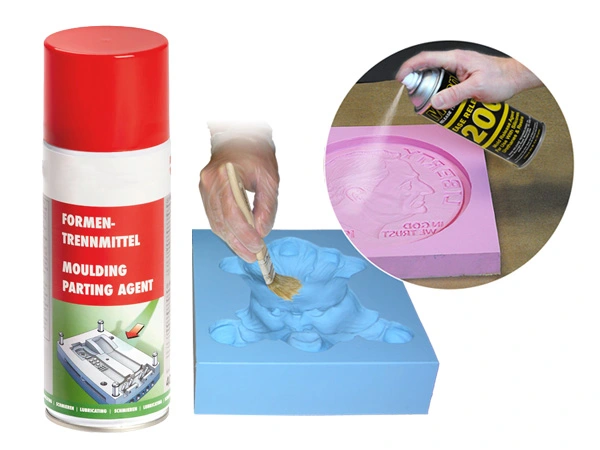 release agent
release agent
Mold release agent is applied to the mold prototype to prevent the cured silicone from sticking to the prototype, making it easier to demold.
5.Modeling Clay
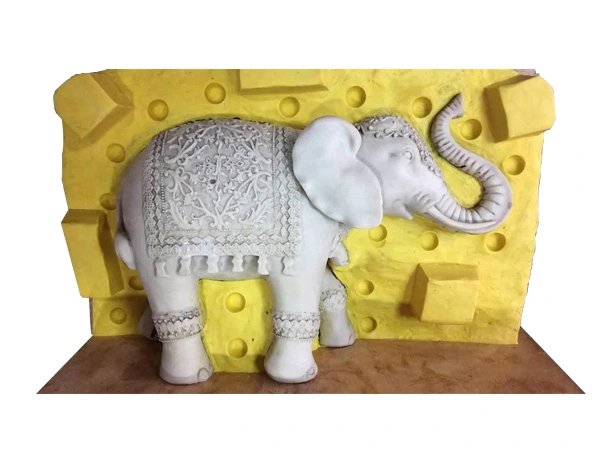 modeling clay
modeling clay
When making two-piece silicone molds, modeling clay is usually used for shaping. The clay can be molded by hand and reused. If the clay is too hard, soften it by heating or placing it in sunlight before use. If platinum-cure silicone is being used, it's essential to use sulfur-free clay to avoid interference with the curing process of the platinum-cure silicone.
6.Liquid Silicone
![]() RTV-2 liquid silicone
RTV-2 liquid silicone
Handcrafted molds often utilize RTV-2 silicone as the raw material. The choice of silicone material will determine the mold's color, hardness, and performance. This category of silicone includes tin-cure silicone and platinum-cure silicone, and you can choose the appropriate silicone material based on your project's requirements. For more information, we recommend reading the Comprehensive Guide to Selecting RTV-2 Silicone Materials.
7.Polyurethane Resin
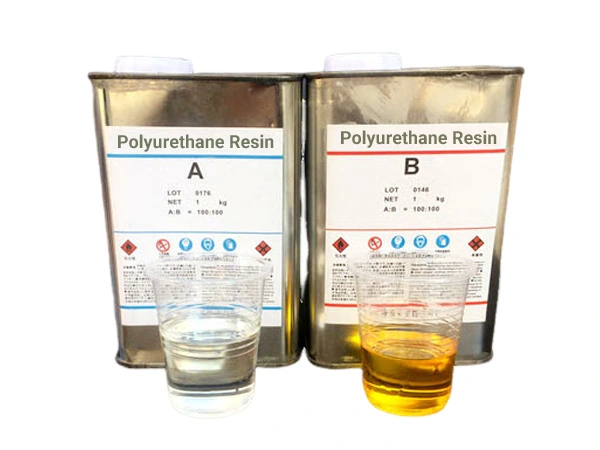 polyurethane resin
polyurethane resin
The model resin used for vacuum casting is also used for prototype design. This resin can quickly solidify within a short period of time (around ten minutes). Vacuum casting is a method of injecting polyurethane material into molds made of silicone in a vacuum environment.
8.Silicone Diluent
![]() silicone fluid thinner
silicone fluid thinner
Silicone diluent is a substance used to adjust the viscosity of liquid silicone materials, making them more fluid and easier to work with. The most frequently employed silicone diluent is silicone oil. For further information regarding the effects of adding diluents on silicone performance, please refer to the article titled 'The Effects of Adding Diluents on Silicone Performance'.
9.Silicone Thickener
![]() silicone thixotropic
silicone thixotropic
Silicone thixotropic thickener is a substance that is added to liquid silicone material to increase its viscosity, resulting in a thicker consistency that is better suited for specific applications. It is commonly used in the brush-on mold-making process to create silicone molds.
10.Silicone Pigment
![]() silicone pigment
silicone pigment
Silicone pigment is a specialized coloring agent used for mixing with liquid silicone material. It is used to create the desired color for silicone, enabling the production of molds and casts in various colors during the molding and casting processes.
11.Electronic Scale
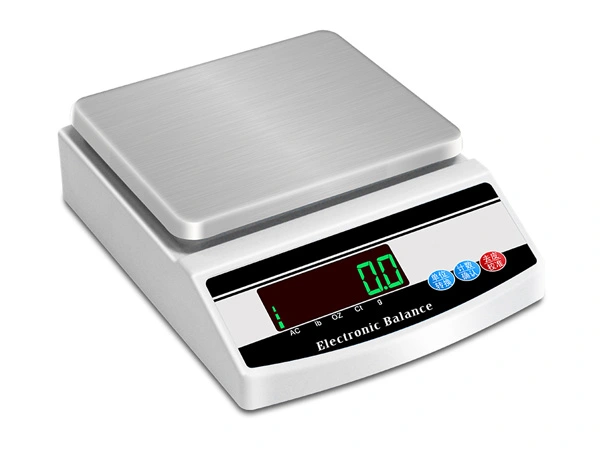 electronic scale
electronic scale
For mixing two-component silicone, it is important to use an electronic scale to ensure the correct weight ratio. It is recommended to choose a dedicated electronic scale made of stainless steel material, as it is both corrosion-resistant and easy to clean. The scale should have an accuracy of 1 gram and a tare function for easy measurement.
12.Vacuum Pump
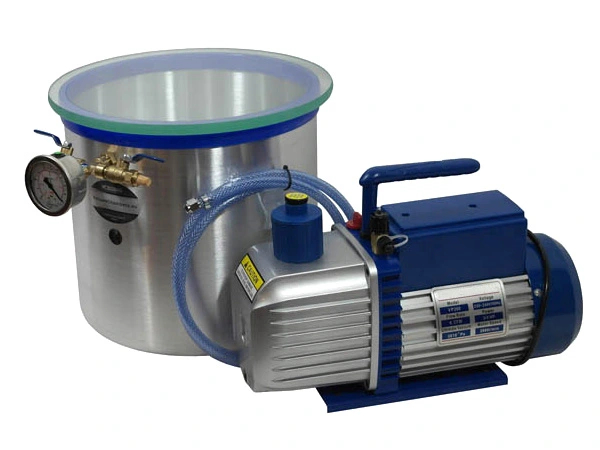 vacuum pump
vacuum pump
A vacuum pump is employed to degas liquid silicone, preventing the inclusion of air bubbles in the created silicone molds. The working principle of the vacuum pump is to allow the bubbles to rise and burst, thus achieving the effect of removing air bubbles from the silicone.
13.Pressure Pot
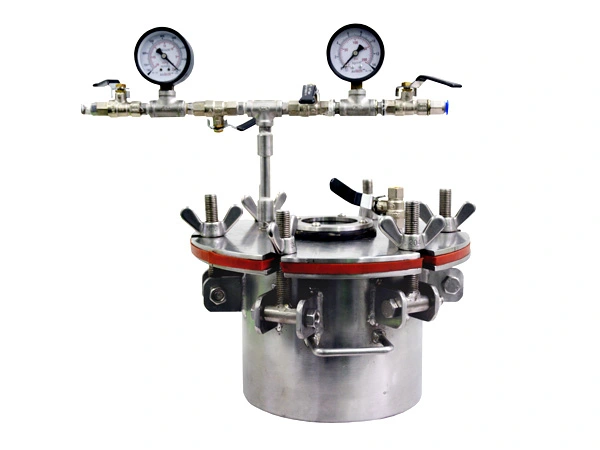 pressure pot
pressure pot
The pressure pot is employed to reduce and eliminate bubbles in polyurethane resin. Its working principle involves compressing the bubbles to a level that is not visible to the naked eye.
14.Oven
 oven
oven
If you need to accelerate the curing of liquid silicone materials, you can use an oven to increase the curing speed of the material.
15.Refrigerator
 refrigerator
refrigerator
If you need to extend the working time of RTV-2 silicone or polyurethane casting resin materials, you can seal the materials and place them in the refrigerator for 2-3 hours of cooling.
16.Mixing Container
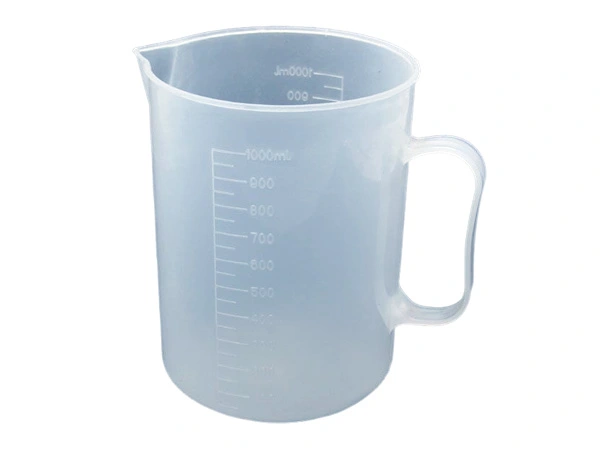 measuring glass
measuring glass
A mixing container is used to blend dual-component liquid silicone materials. Plastic measuring cups can serve as suitable mixing containers. It is recommended to choose containers with slightly larger capacities to prevent spillage during vacuum degassing.
17.Stirring Stick
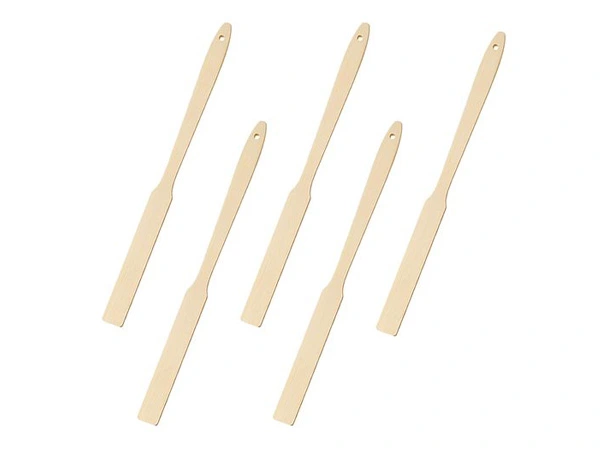 stirring stick
stirring stick
A mixing stick is used to blend part A and part B of the dual-component silicone material, ensuring thorough mixing for successful curing of the liquid silicone. Ideally, the mixing stick should have a flat shape, resembling that of a ruler, as round-shaped ones are not suitable for effectively stirring viscous silicone liquids.
18.Brush
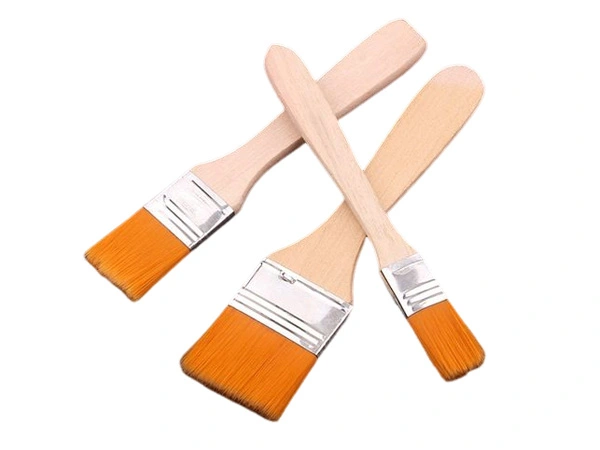 brush
brush
In the process of creating molds using the brush-on technique, brushes are essential tools. They are used to apply liquid silicone onto the master model. Disposable brushes are typically used because cleaning the brush once it has silicone on it can be challenging.
19.Measuring Tools
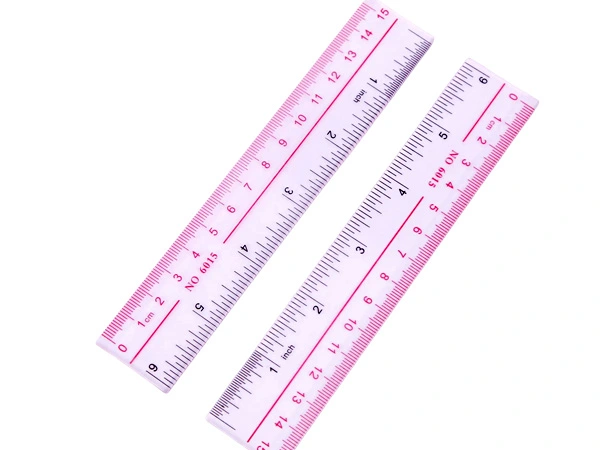 ruler
ruler
Measuring tools are essential for ensuring accuracy in mold-making. They include tools like calipers, rulers, and measuring tapes. These tools are used to measure dimensions, distances, and other parameters to ensure precise mold creation.
20.Scissors or Knives
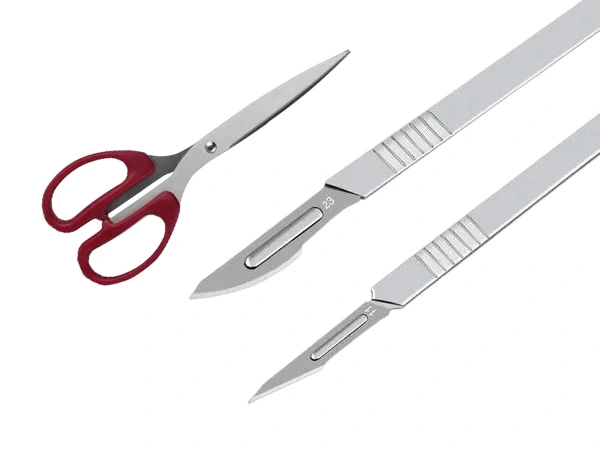 scissors and scalpels
scissors and scalpels
Scissors or cutting tools are necessary for trimming excess material and creating clean edges on the mold.
21.Waterproof Gloves
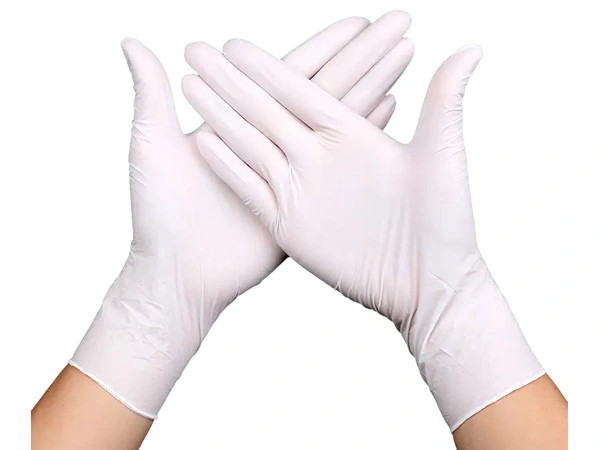 rubber gloves
rubber gloves
When using liquid silicone, it's inevitable that some silicone might come into contact with your skin. Wearing disposable gloves helps minimize direct exposure to the silicone, making it easier to clean up after molding is complete.
Please note that the specific materials and tool selection may vary depending on the mold-making process. Therefore, this checklist can be adjusted to meet the specific needs of your project.
